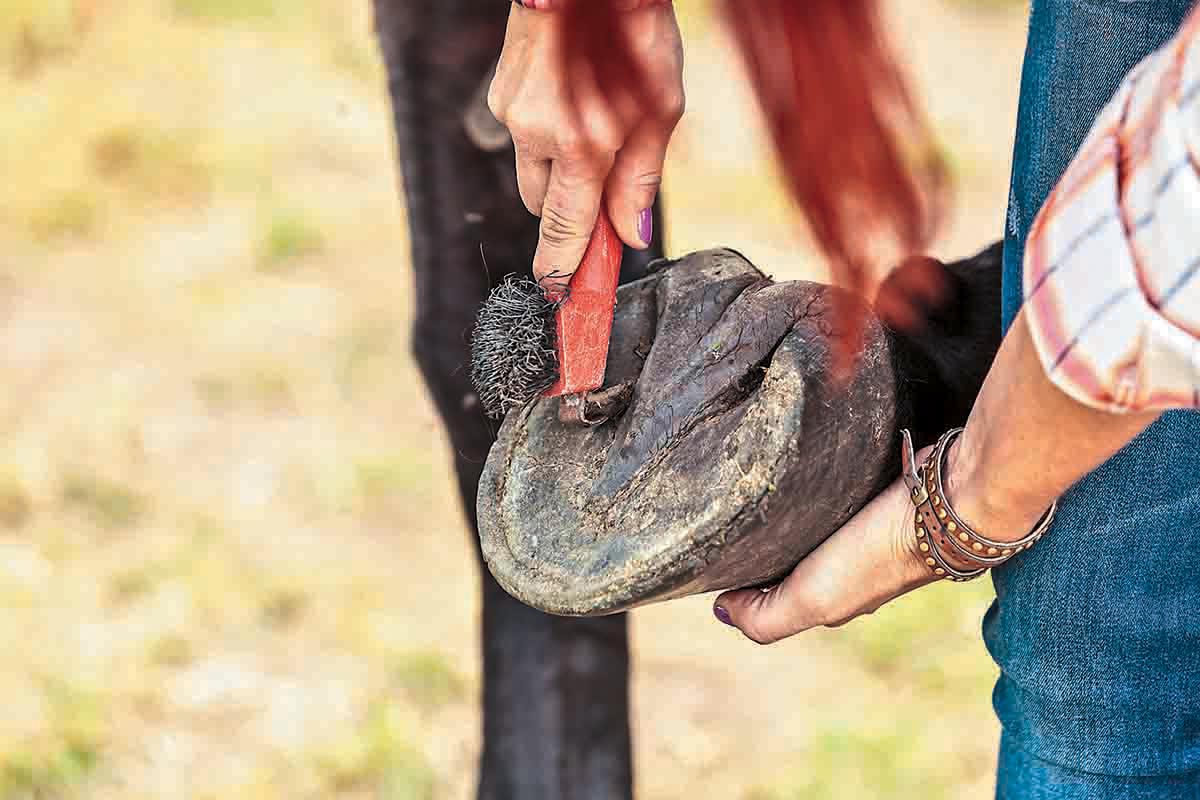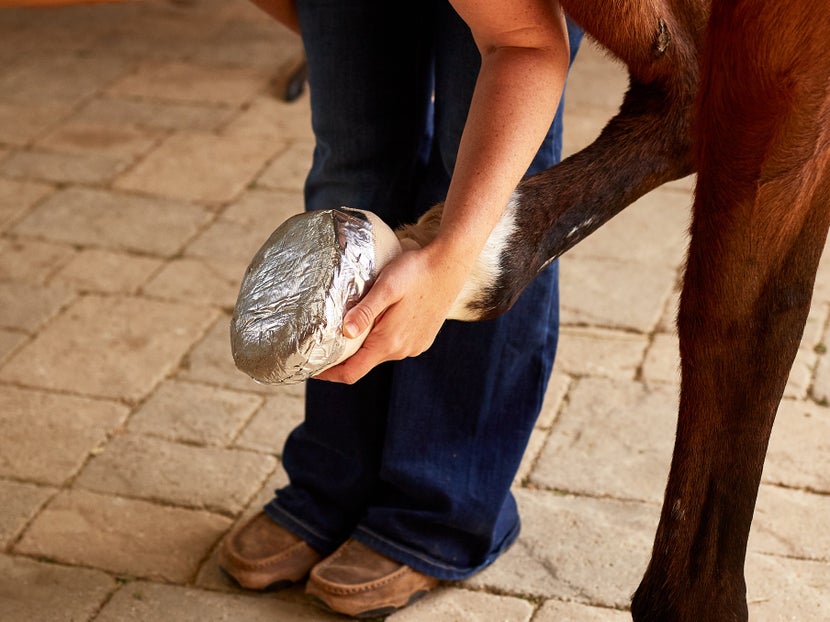Dealing with equine health issues can be challenging, especially when it comes to hoof problems. One common issue that horse owners encounter is the subsolar abscess. But what part of the hoof is affected by a subsolar abscess? Understanding this is crucial to provide proper care and treatment to your horse and to prevent future occurrences.
In this article, we will delve deep into the anatomy of the hoof, the causes, symptoms, and treatments of subsolar abscesses, and much more. Lets embark on this informative journey to ensure the best care for your equine companion.

The Anatomy of the Horse Hoof
Before diving into subsolar abscesses, it is essential to understand the basic structure of the horse hoof. The hoof is a complex and resilient structure consisting of several parts, each playing a crucial role in the horse’s mobility and overall health.
External Hoof Structure
- Wall: The visible outer part covering the front, sides, and quarters of the hoof.
- Sole: The bottom part of the hoof, excluding the frog, which provides a protective layer.
- Frog: A V-shaped structure located in the center of the sole, important for shock absorption and circulation.
- White Line: The junction where the wall meets the sole, crucial for maintaining hoof integrity.
Internal Hoof Structure
- Coffin Bone: The primary bone within the hoof, providing structure and support.
- Navicular Bone: A small bone located at the back of the coffin bone, aiding in joint movement.
- Digital Cushion: A fibrous structure providing shock absorption and assisting in circulation.
- Laminar Layers: Layers connecting the hoof wall to the coffin bone, essential for hoof stability.

The Subsolar Region: A Critical Area
To comprehend what part of the hoof is affected by a subsolar abscess, it is vital to understand the term ‘subsolar.’ The subsolar region refers to the area beneath the sole, particularly involving the sensitive lamina and the coffin bone. This area is highly susceptible to infections and injuries, making it a common site for abscesses.
Why the Subsolar Region?
The accumulation of dirt, debris, or even small foreign objects can penetrate the sole, leading to bacterial infections. The enclosed environment combined with the horse’s consistent movement can exacerbate these infections, resulting in painful abscesses.

Causes of Subsolar Abscesses
How do subsolar abscesses develop? Several factors can contribute to the formation of these painful hoof conditions.
- Trauma: Injuries from stepping on sharp objects or excessively hard ground can create pathways for bacteria.
- Hoof Imbalance: Poor hoof structure and alignment can increase pressure on specific areas, leading to abscesses.
- Wet Conditions: Prolonged exposure to moisture can weaken the hoof, making it easier for infections to take hold.
- Poor Hoof Care: Neglecting regular hoof cleaning and maintenance can lead to the accumulation of harmful debris.
Symptoms of Subsolar Abscesses
Recognizing the symptoms early can make a significant difference in the treatment and recovery process
- Lameness: One of the most noticeable signs, where the horse avoids putting weight on the affected hoof.
- Heat: The affected area may feel warmer than usual due to increased blood flow associated with infection.
- Pulsation: A strong, noticeable pulse in the digital arteries, indicating inflammation.
- Swelling: The hoof or the leg above it may appear swollen.
- Discharge: In severe cases, pus or other fluids may discharge from the affected area.
For more information on symptoms, visit hoof abscess symptoms.
Treating Subsolar Abscesses
Treating a subsolar abscess promptly and effectively is critical for the horses recovery.
Veterinary Intervention
A veterinarian might need to examine the hoof to locate the exact spot of the abscess and determine the best course of action.
Drainage
Once identified, it is often necessary to open a small hole in the sole to allow the abscess to drain, relieving pressure and pain.
Soaking and Poultices
Soaking the affected hoof in a warm Epsom salt solution can help draw out the infection. Applying a poultice afterward aids in further drawing out the bacteria.
Protective Boot
Using a hoof boot can protect the affected area from further contamination and provide cushioning during recovery.
For detailed treatments and preventive measures, refer to hoof abscess prevention.
Preventing Subsolar Abscesses
Preventing subsolar abscesses involves consistent and thorough hoof care practices.
- Regular Cleaning: Cleaning the hooves daily to remove dirt and debris.
- Proper Trimming: Ensuring hooves are trimmed correctly and regularly by a professional farrier.
- Dry Environment: Providing a dry living condition to avoid excessive moisture exposure.
- Balanced Diet: A proper diet helps maintain overall hoof health.
For more preventive measures, see abscess prevention.
Frequently Asked Questions
What is the typical recovery time for a subsolar abscess?
Most subsolar abscesses heal within one to three weeks with proper treatment and care. Severity and individual horse health can affect this timeline.
Can subsolar abscesses reoccur?
Yes, without proper hoof care and preventive measures, the conditions leading to abscesses can persist, causing reoccurrence.
How can I tell if my horse has a subsolar abscess?
Sudden lameness, heat in the hoof, a noticeable pulse, and swelling are key indicators of a subsolar abscess.
For more FAQs, check horse care guide.
As an Amazon Associate, I earn from qualifying purchases.
